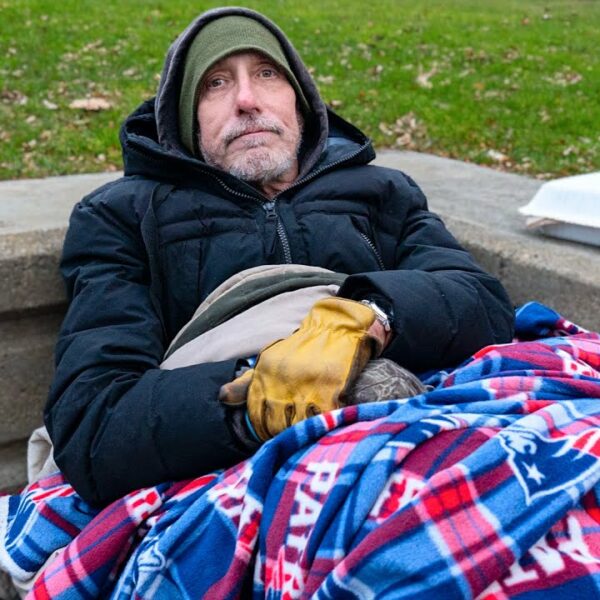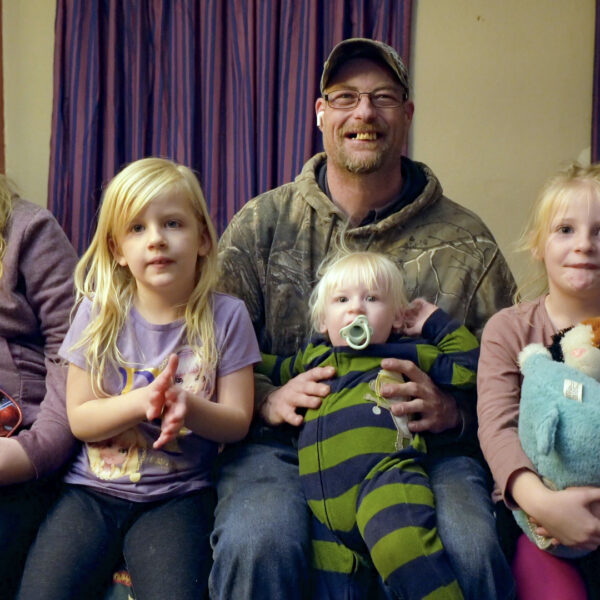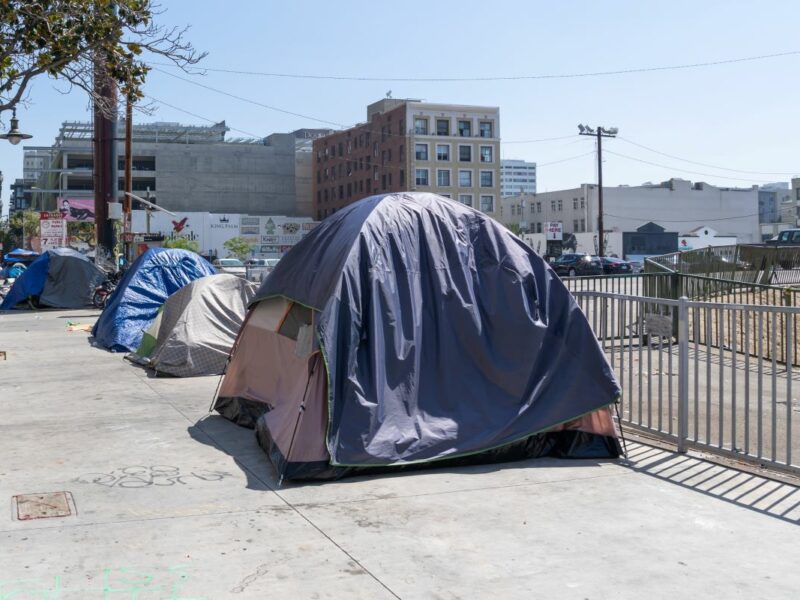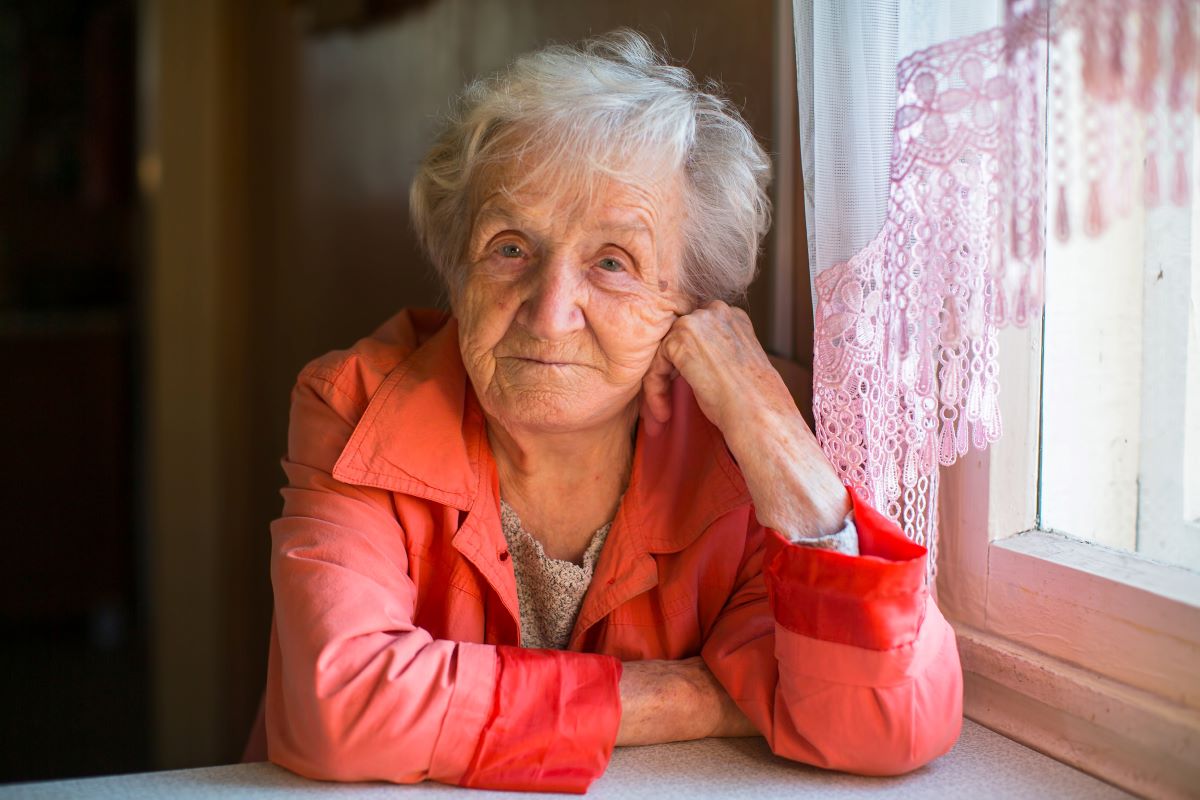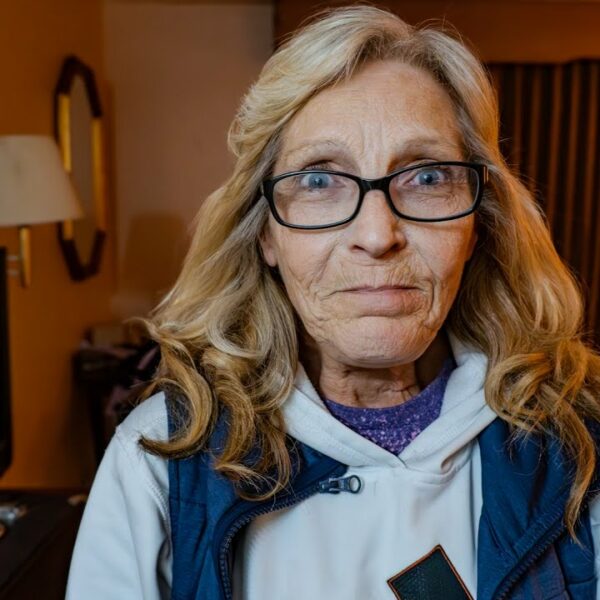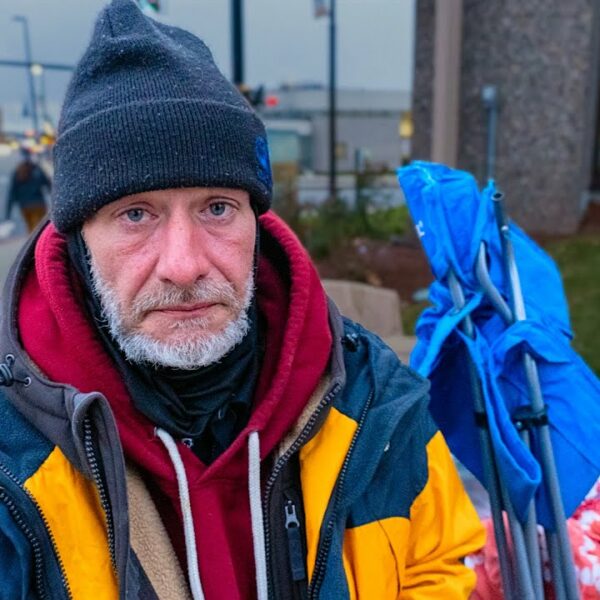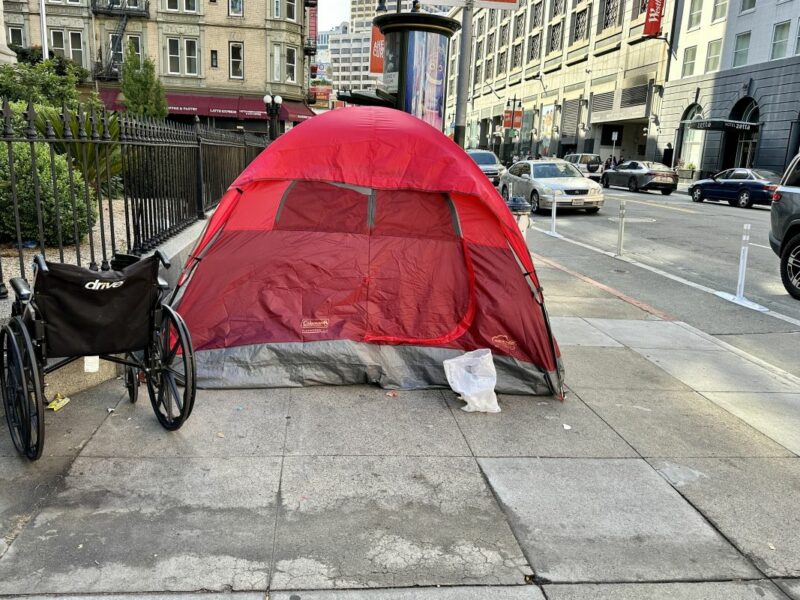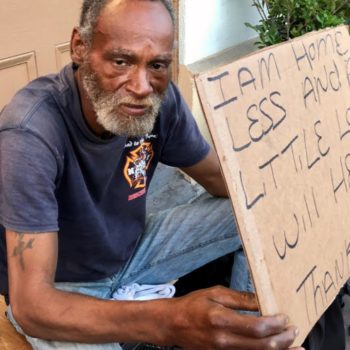Study Finds It Is Getting Harder for America’s Seniors to Find Affordable Housing
America’s seniors are facing lower rates of housing stability today because of rising housing costs and long-term health care, and a new study by Harvard University suggests the problem will worsen without government-increased assistance.
The study was released as America’s population is getting older. Over the last decade, the number of people aged 65 and older has increased by 34% from 23 million to 58 million. The study adds that growing levels of mortgage debt among this group combined with extreme weather caused by climate change could also make it harder for low-income or fixed-income earning seniors to stay housed.
“As the US population ages, more older adults will struggle to afford either the home of their choice or the care they need,” said Jennifer Molinsky, who directs Harvard’s Housing an Aging Society Program.
As America’s overall population ages, its unhoused population has followed suit.
An estimate from the National Alliance to End Homelessness suggests the number of people aged 65 and older who experience homelessness could grow from 40,000 to 106,000 by the end of the decade.
The parallel also illustrates the stark choice between paying for health services or housing that many seniors contemplate. And it seems most seniors are choosing to pay for housing.
The study found that just 13% of seniors aged 75 and older can afford to move into assisted living, and just 14% can afford a home health aide. These rates were much lower for seniors who earn 50% or less of the area’s median income.
However, the number of seniors holding mortgage debt and those who reported paying more than 30% of their income on housing have both steadily risen over the last three decades.
For instance, an all-time high of 11.2 million seniors also reported spending more than 30% of their income on housing. The median mortgage debt for this age group shot up by more than 400% to roughly $110,000 over the same period.
“Borrowing is often a way for older homeowners to access cash for basic needs or care,” Molinsky said. “Given the importance of housing equity later in life, there is a real need for safe and affordable mortgage products that work for older owners with limited incomes.”
According to the study, climate change has also emerged as a growing threat to the housing stability of many seniors.
Over the last three years, severe storms have caused roughly $228 billion of property damage in Florida, home to more than 8% of the nation’s senior population.
Even though there are government assistance programs to help seniors afford care and housing, the study suggests that these programs must be revamped to serve the country’s aging population.
The study says that funding for emergency rental assistance and housing vouchers is part of the solution.
The number of seniors over the age of 62 who qualified for rental assistance reached 5.9 million in 2021, an increase of about 50% since 2011. Other programs like Housing Choice Vouchers, project-based Section 8 vouchers, and Supportive Housing Vouchers could be expanded as they reached just 36% of eligible households in 2021.
But the study also says there are more complex coordination issues at hand. For example, it says better coordination between housing and public health agencies could “increase the efficiency of both” when serving aging communities.
“More funding would be a start, but there is a tremendous need for creative alternatives to existing models of care and housing to better support the country’s rapidly aging population,” Molinsky said.
How You Can Help
The pandemic proved that we need to rethink housing in the United States. It also showed that aid programs work when agencies and service organizations are provided with sufficient funds and clear guidance on spending aid dollars.
Contact your officials and representatives. Tell them you support keeping many of the pandemic-related aid programs in place for future use. They have proven effective at keeping people housed, which is the first step to ending homelessness.



